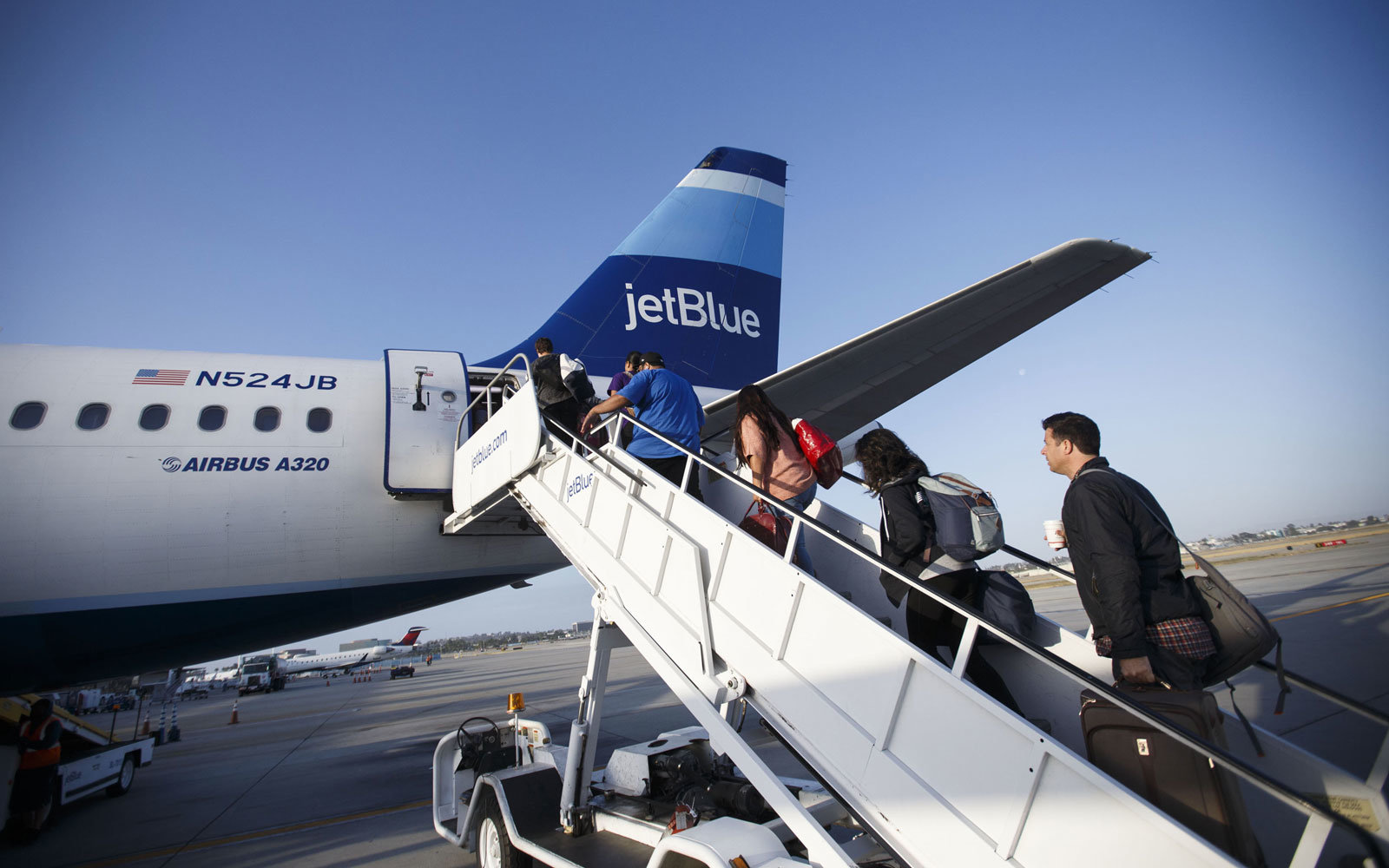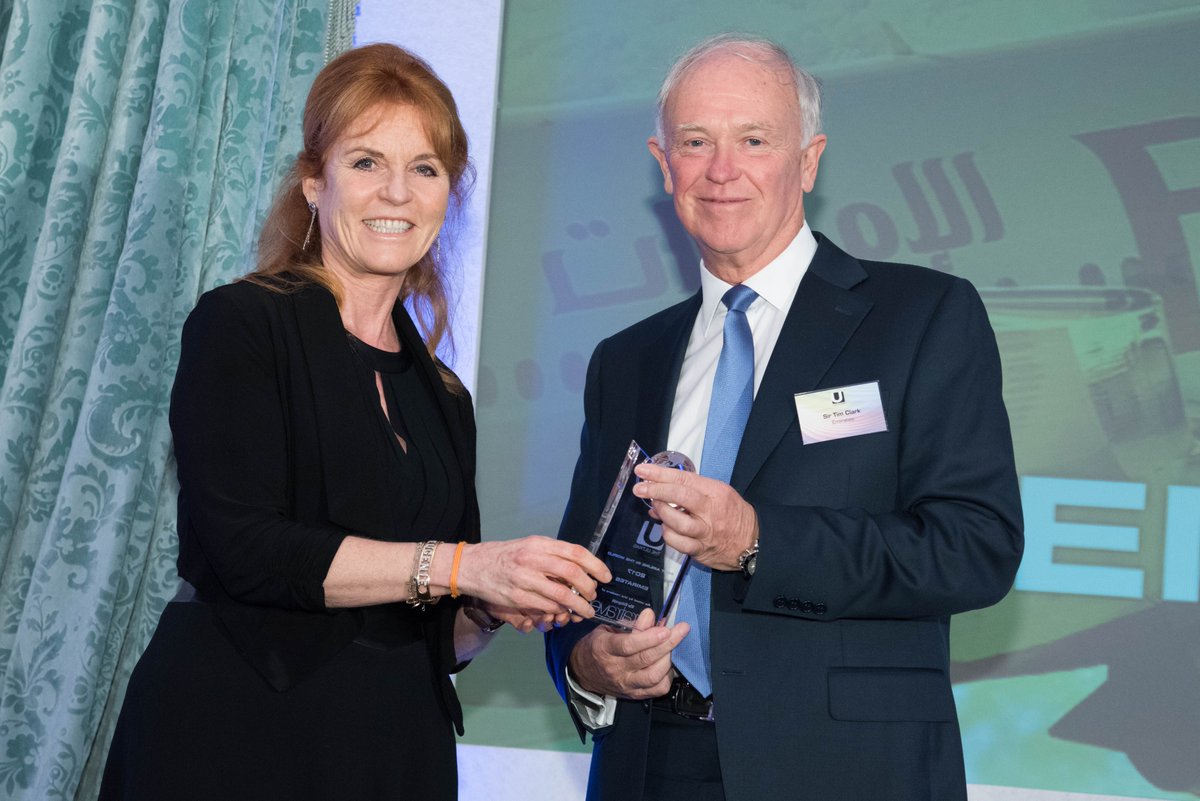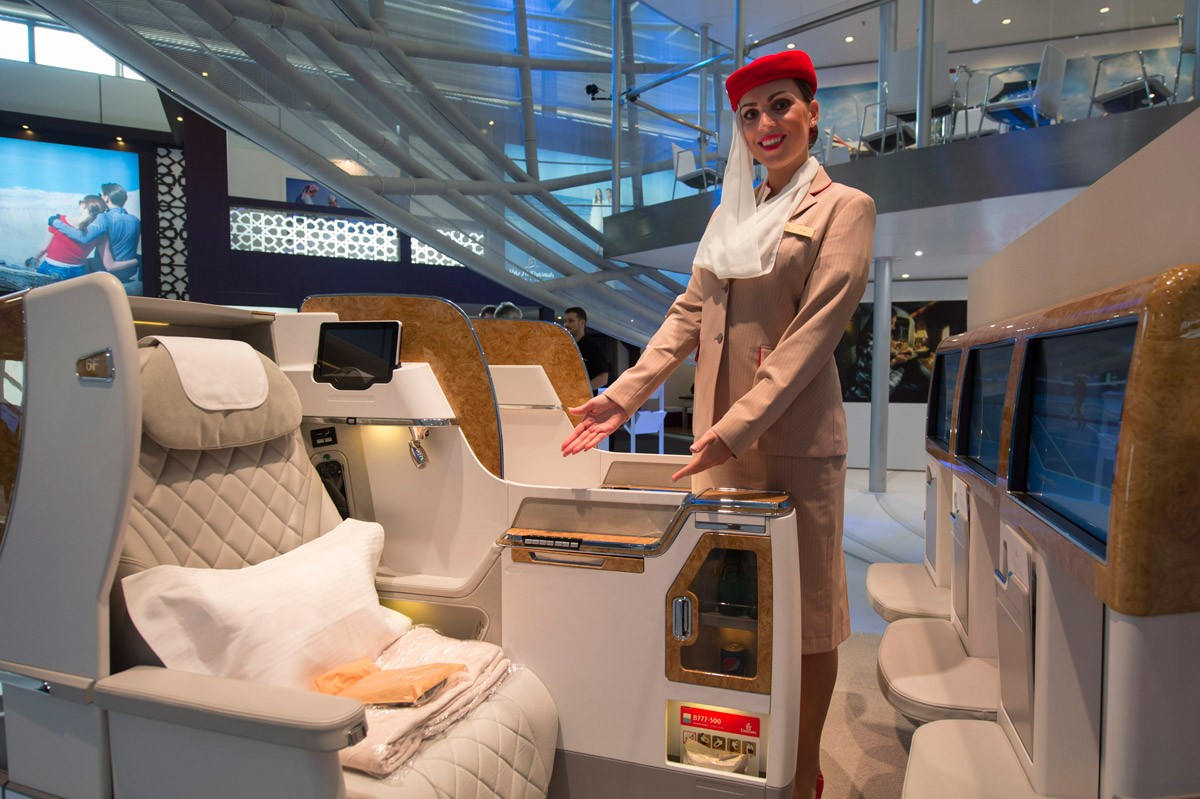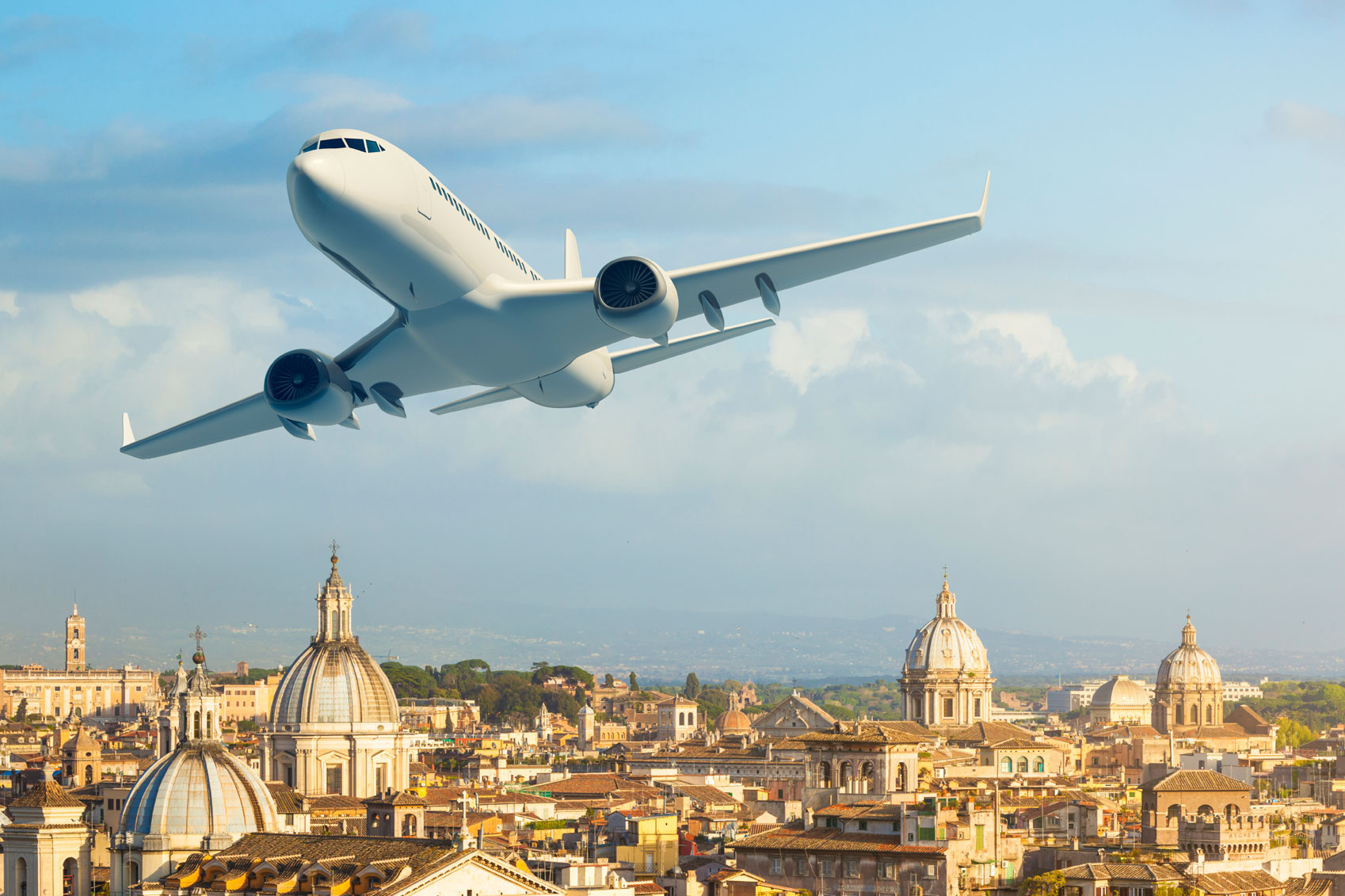3 hours ago
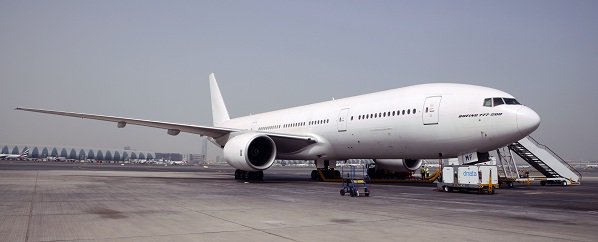
Emirates has ceased operation of A6-EMF, the last remaining Boeing 777-200 from its fleet.
The aircraft departed from Dubai International to Arizona via Boston for de-registration earlier.
Since joining the Emirates fleet in 1996, A6-EMF flew an estimated 60 million kilometres (enough to fly to the moon and back nearly 80 times) and transported hundreds of thousands of passengers to destinations as far and wide as Warsaw and Ho Chi Minh City.
Emirates is pursuing an aggressive fleet renewal programme that ensures it operates one of the world’s most modern and efficient fleet of aircraft, with an average age of less than 75 months.
ADVERTISEMENT
With Emirates taking delivery of 24 new aircraft in 2014/15 and 26 new aircraft planned to enter service this year, retiring older aircraft helps Emirates operate one of the youngest fleets in the skies today.
Emirates currently operates 234 all wide-body aircraft, across six aircraft types.
It is also the world’s largest operator of the Airbus A380 and Boeing 777 aircraft.
“Our modern and efficient aircraft not only help reduce environmental impact, but also enable Emirates to offer the latest facilities and provide our customers with a better on-board experience as well as the capacity we need to grow our operation.
“Our investment in modern wide-bodied aircraft has always been the cornerstone of our strategy and success,” said Adel Al Redha, executive vice president, Emirates.
[embedded content]
With seven aircraft phased out in 2014 and another ten planned for retirement this year, the Emirates Aircraft Assets team of 35 employees in coordination with other teams are busy around the clock managing the retirement of older Emirates aircraft.
This not only includes a significant amount of paperwork and administrative tasks, but also involves returning the aircraft in a similar physical condition to when it was received.
Depending on the aircraft agreement, Emirates either returns the aircraft to the lessor at the end of the lease term, or presents the aircraft to the market for sale.
Physically, the aircraft goes through a number of processes, including a ‘de-branding’ exercise, which includes removing Emirates livery and branding from the aircraft.
In effect, the aircraft becomes unrecognisable that it was an Emirates aircraft, apart from the seating and carpet, which remains intact.
Emirates pilot, Captain Constantinos Nicolaou flew A6-EMF to its final destination in Arizona.
“She’s been good to us,” said Nicolaou, as he bid farewell to the aircraft.
“Who would have thought when we first received this Boeing 777-200, that less than two decades later Emirates would emerge as the world’s largest wide-body airline, and the world’s largest operator of Boeing 777s.
“I wonder what the next two decades will bring.”



